A hill-town home that would be in perfect harmony with the greatest design to ever exist – Nature

Estate Plavu private residence- The designed community allows one to experience the innate beauty of nature with every modern convenience at one’s beck and call.
Unique Design
With sheer simplicity and understated elegance, the villa intertwines harmoniously with the mountain on three distinct levels and blends seamlessly into the natural landscape. The materials used are natural, with wooden flooring, random-rubble walls, cobblestone pathways, and log rafters.
Showcasing a joyous interplay of stone and wood, the villas are hidden amongst dense foliage and designed with unique elements, keeping sustainability and innovation in mind. Every bit is finely nuanced bespeaking a luxurious yet environmentally responsible aesthetic – A Collectible that ages graciously!
Providing a Second Life
The concept of Second Living is rooted in man’s need for balance – between the urban and the rural, between work and life. With the changes in lifestyle brought about by today’s work culture, this need for balance is manifesting itself in a longing for man to reconnect with nature. The design provides this ‘Second Life’ for the owners by the establishment of a Second Home at the lap of nature – A place to nurture hobbies like Photography, Organic Farming, Gardening, Birding and Trekking.
Home that is One with Nature
The experience of everyday living is re-imagined by designing and creating dwellings that are in harmony with oneself and the natural environment, dwellings that facilitate ‘Natural Life’. Envisioned to intertwine with the natural slope of the mountains, the villas are designed “around nature, rather than on it”. The journey has culminated in every space envisioned and crafted, thus achieving the truest form of spaces and blending seamlessly with the greatest design to exist – Nature.
When the building comes in the way of a tree or boulder, the design is modified to go around the existing tree or boulder and accommodate it to be a part of the natural design. Thus the existing flora and natural features on the site play their part in enhancing this carefully designed living experience.
Crafted with Natural materials
The materials used in the villas are natural, with wooden flooring, random-rubble walls, cobblestone pathways, and log rafters, showcasing a joyous interplay of stone and wood. The wood used in crafting the space portrays its authenticity with ‘Live Edges’ accentuating the natural character of the wood. With sustainability as the core idea, up-cycled wood from construction is crafted into switchboards while maintaining its organic shape. The floors, joinery, switchboards, skirting and furniture are handcrafted with live edge teak wood that adorns the spaces with warmth and grain.
Some boulders are cut to form random-rubble walls, while leftover teakwood goes into the making of fixtures and fittings. Rough, uncut, and unpolished stone each with a character of its own, forms the thick random rubble walls of the lodges. The rough textured stone wall juxtaposes the warm glow of wood while also providing thermal insulation. Due to its naturally high thermal mass, the walls absorb heat during the day and release it at night, cutting down on heating and cooling costs thus providing the user with comfort.
Other natural materials portrayed in Estate Plavuare the clay roof tiles, eucalyptus poles in the ceiling, customized-finish granite for counters, and stone deck floors.
A Story in every piece – Crafted in-house
The hand-crafted furniture and fixtures are built in-house. Each item at the villa is made at the property including the switchboards, joinery, kitchen counters, shower tray and cabinetry. All of this ensures that the items are unique to Earthitects and every piece conveys a unique story. The wood is intentionally left unfinished to accentuate the live edge, and can thus be expected to age gracefully over time.
While most of the natural materials are sourced from the site itself, other materials are sourced locally to promote the nativity of Wayanad. And, to ensure no resource goes to waste, some boulders are cut to form random-rubble walls, while leftover teakwood goes into the making of fixtures and fittings.
Lighting Design
The lighting design is envisioned in such a way that it follows the architecture of the space. Automated soft lights are specially customized as per the user to provide a bespoke experience with the help of sensors. Warm lighting is concealed such that the source of light is not visible to the eye. The interior trail is led by the soft non-glaring warmth of the lights emanating from a concealed source. Upward Lighting illuminating from the Eucalyptus poles on the ceiling, creates an arcadian setting.
Enveloped by the grand natural contours and the sloping hillside, the architecture is perched on three distinct levels and opens its doors to the mystic woodlands.
The first and second levels house the residence while the third level comprises the Exterior Deck with an infinity pool surrounded by lily ponds. Each deck is designed in such a way that it has an endless, unobstructed view of the forest.
More Images






































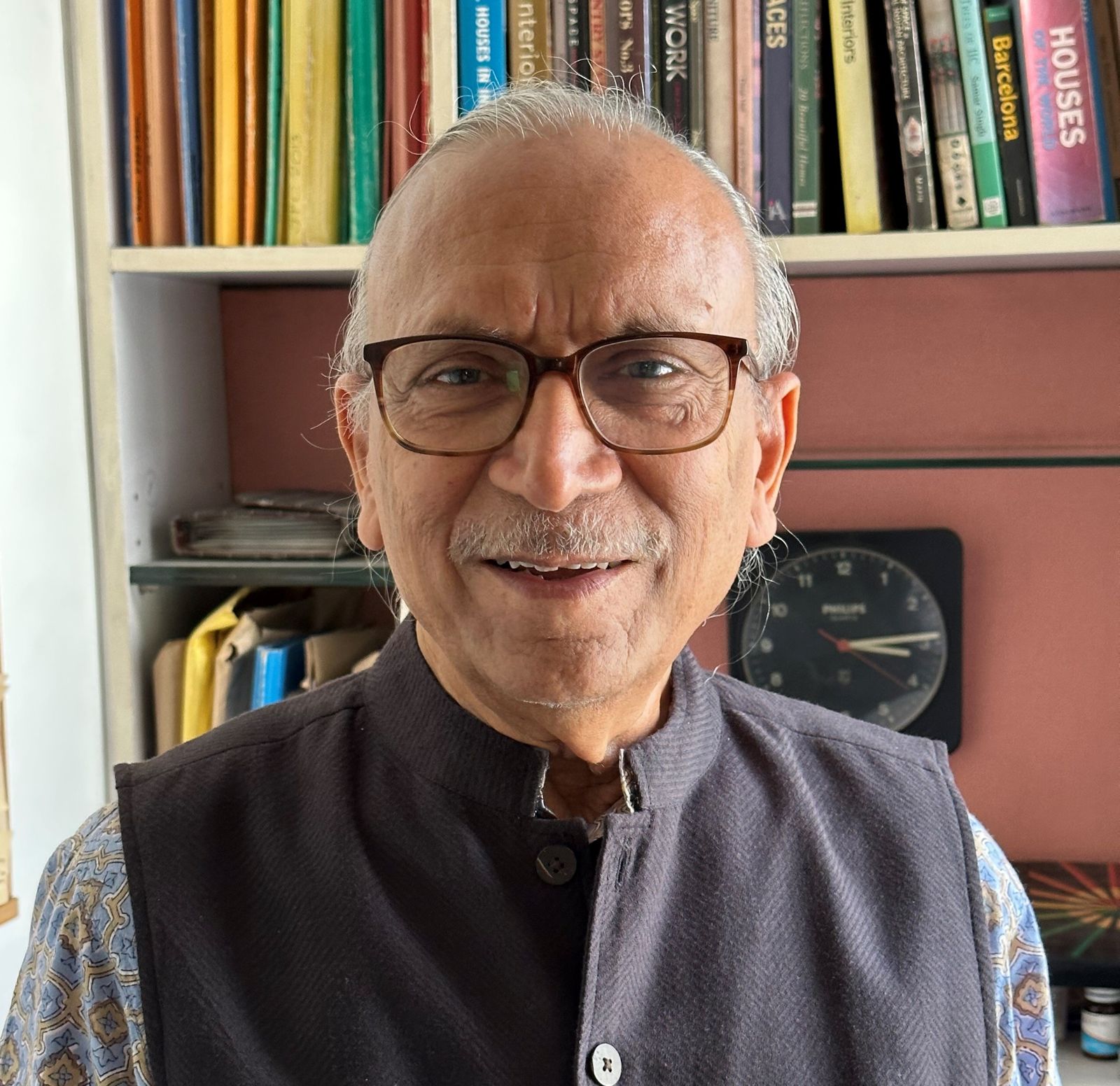
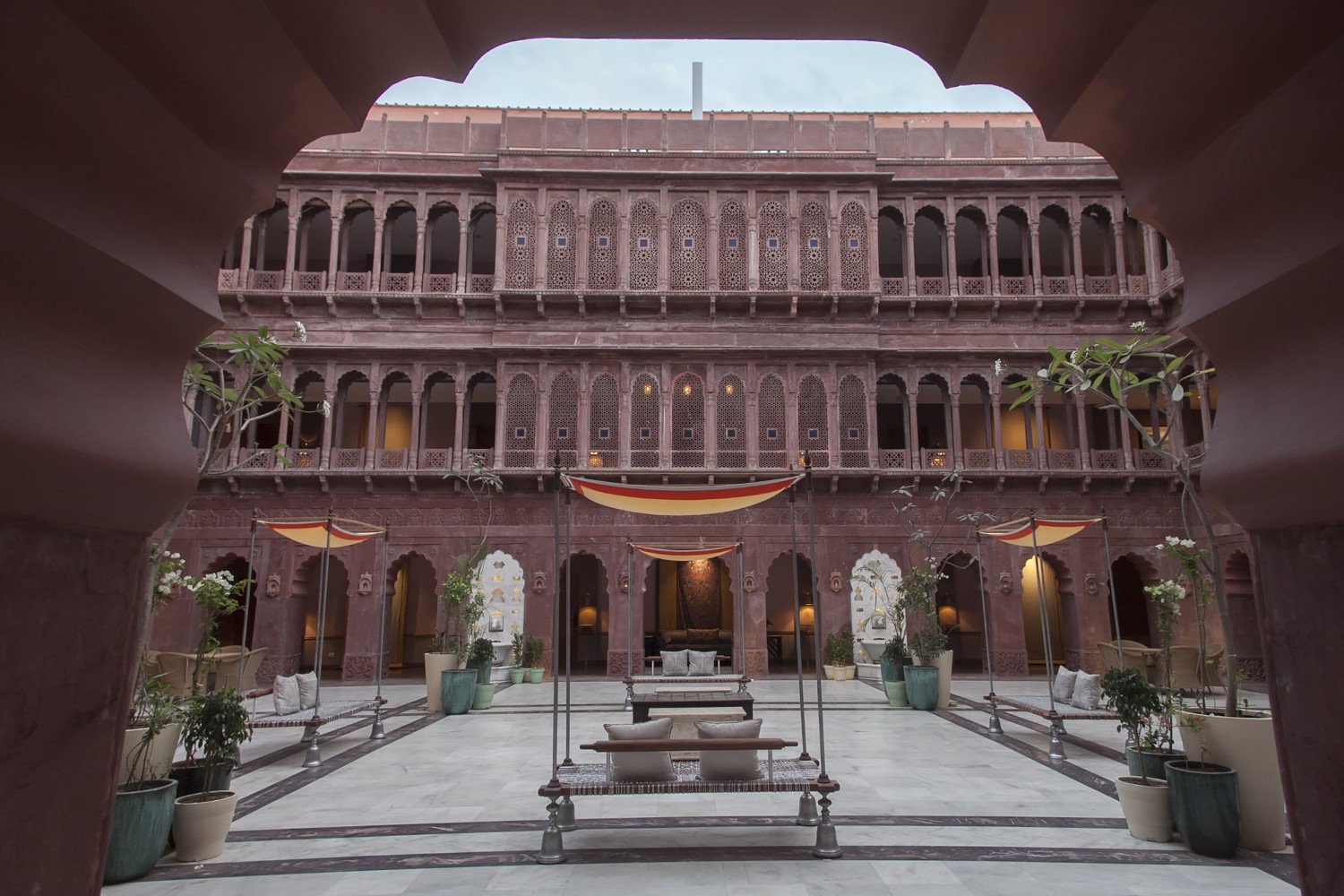
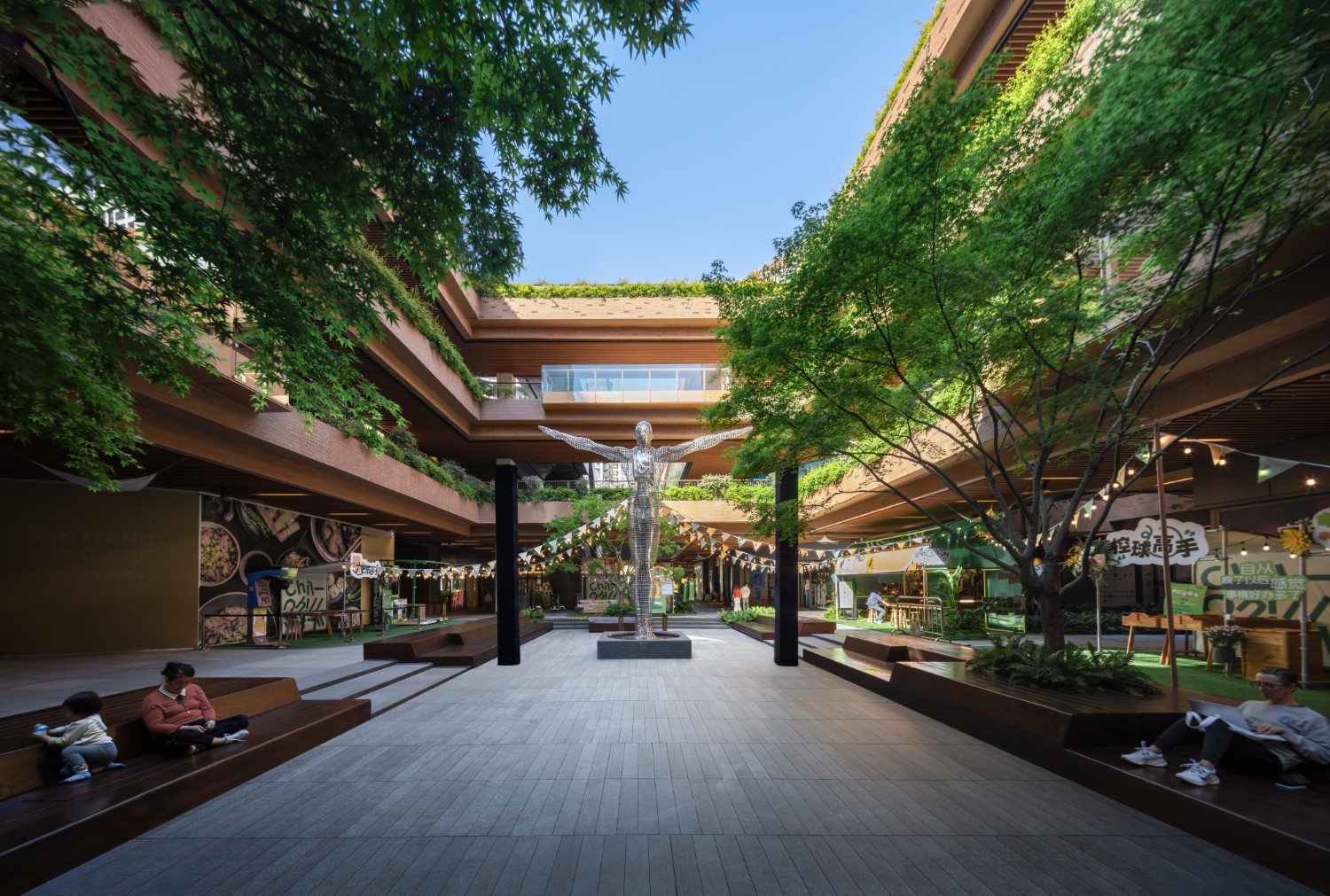
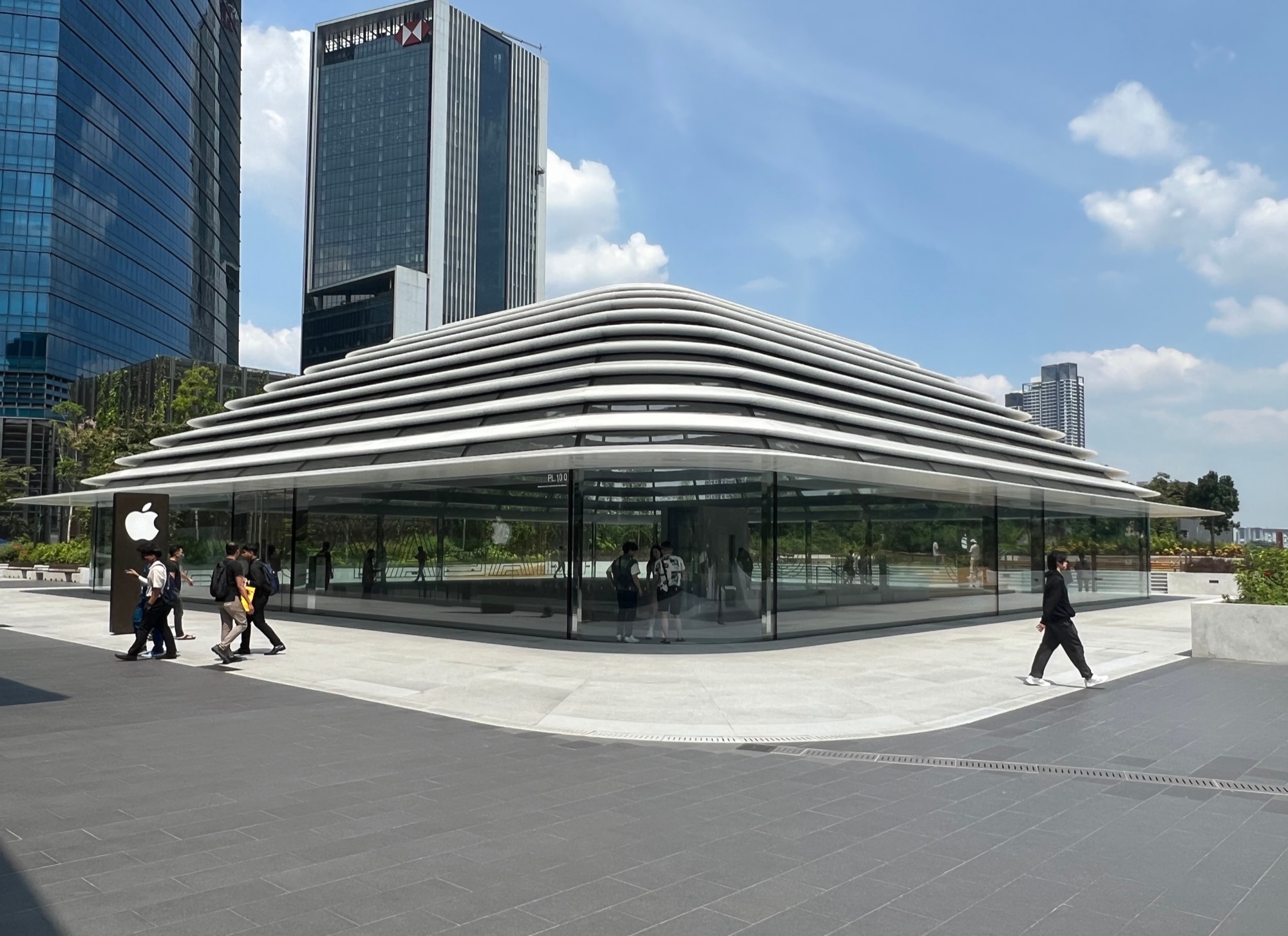
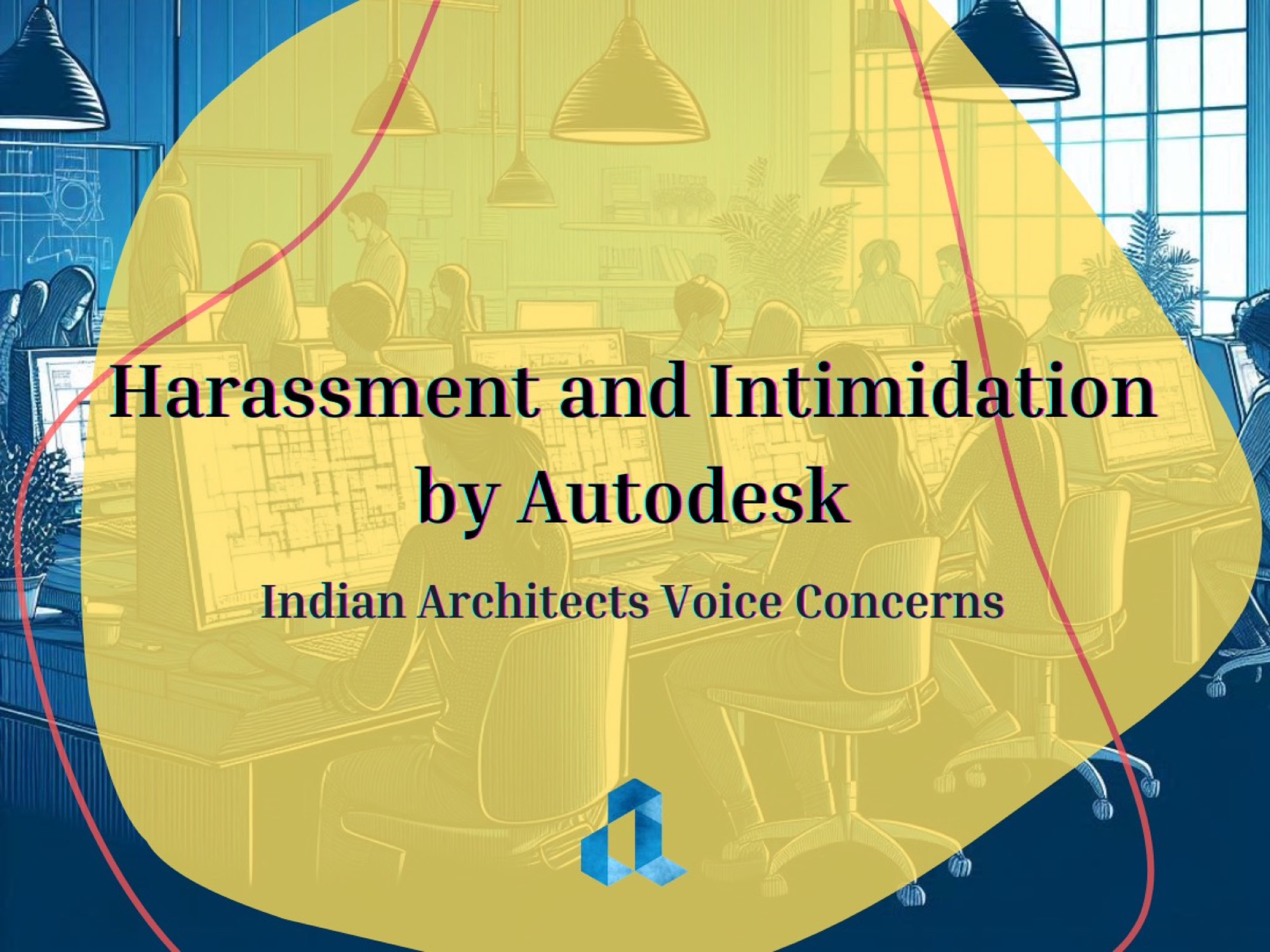
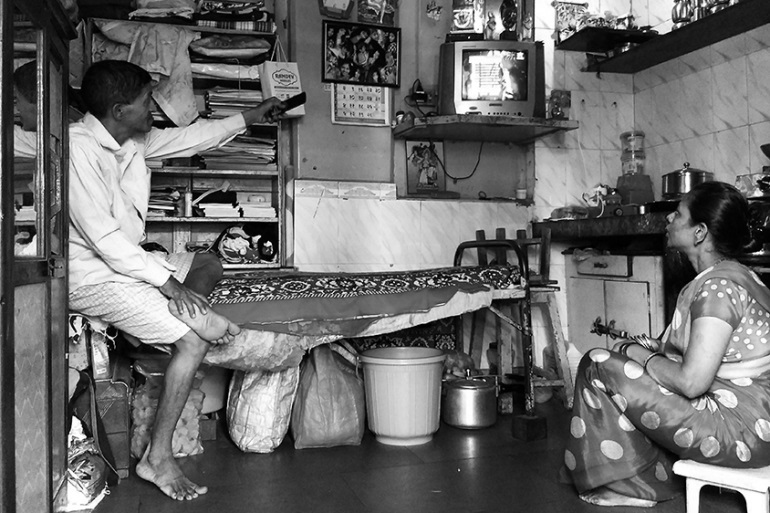
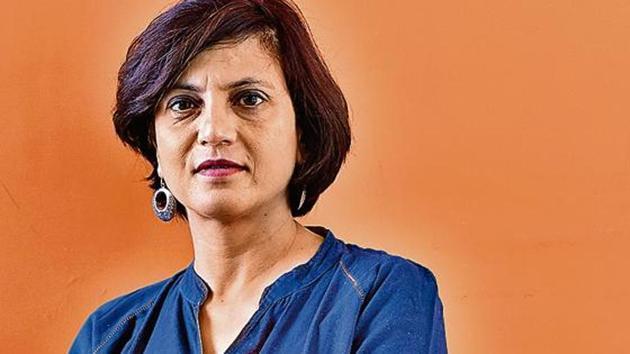
4 Responses
Beautiful sir I would love to see yur architecture.
Sir we want to stay here in vacation so what is the process n price also
Wonderful creation of Heaven on Mother Earth. Wish to experience it sometime
Are these for rent or sale?